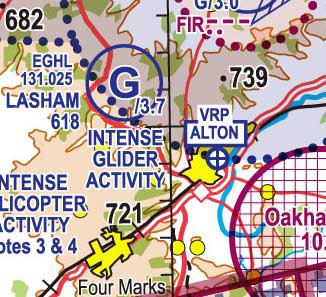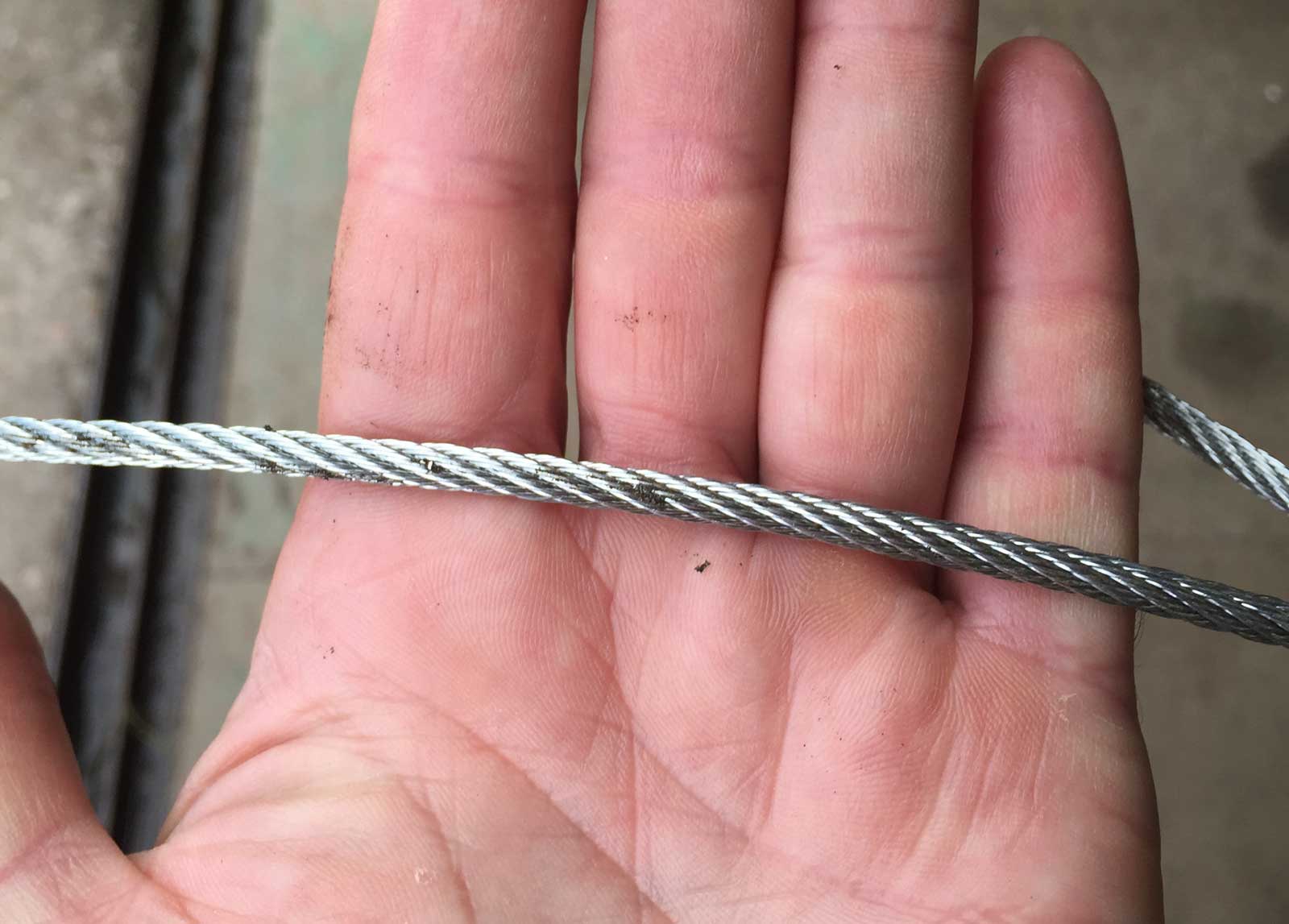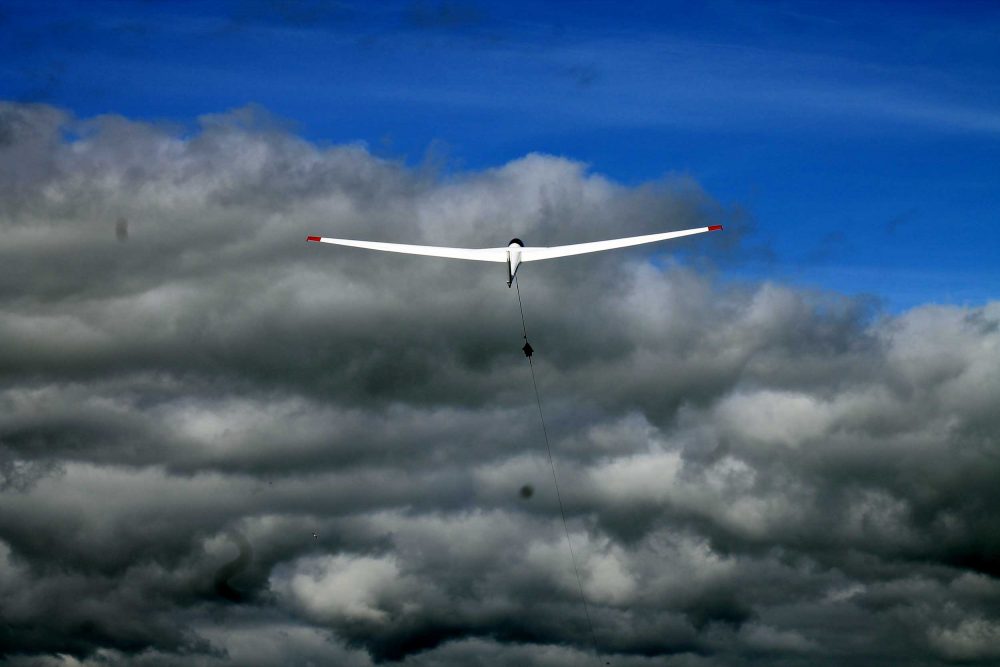Don’t overfly glider sites especially when winch launch operations are in use. That’s the advice being given this week by the UK Airprox Board (UKAB) and the British Gliding Association (BGA) as the gliding summer season gets into full swing.
Some recent airprox incidents illustrate the risk:
- A glider aborted a winch launch at Tibenham, Norfolk when a PA28 overflew the site.
- An AgustaWestland AW109 helicopter came close to a glider winch launching at Dunstable, to the west of Luton
- Again at Dunstable, an MD902 helicopter came close to a launching glider
- An unidentified light aeroplane overflew Lasham, the busiest gliding site in the country, during a winch launch
- An R44 helicopter overflew Husbands Bosworth south of Leicester and caused a winching glider to abort its launch.
Four of these incidents were categorised in the highest risk category – A – where a serious risk of collision existed and luck played a major part in the fact that collisions didn’t occur. The full reports are available from UKAB.
Pilots should not rely on seeing the winch launch happening as they approach the glider site. A glider will go from ground to 1,000-1,500ft in about 20 seconds, so spotting it in the climb is too late to do anything about the conflict.
Nor is the danger passed once the glider is released from the winch. Pilots unlikely to see the cable itself and, depending on the winch-launch height, the hazard from these continues for at least another 20-30 seconds as it descends under a small parachute that is effectively invisible.
 Some glider sites are capable of launching to altitudes of 3-4000ft, with associated increased cable descent times. Maximum launch altitudes are indicated on the 500K VFR chart with a forward slash and height. Lasham, for example (right), has a maximum winch-launch altitude of 3700ft, as shown on the attached graphic as /3.7.
Some glider sites are capable of launching to altitudes of 3-4000ft, with associated increased cable descent times. Maximum launch altitudes are indicated on the 500K VFR chart with a forward slash and height. Lasham, for example (right), has a maximum winch-launch altitude of 3700ft, as shown on the attached graphic as /3.7.
Ed Downham, who, as well as being a UKAB gliding member, is a Boeing 777 captain said, “So far, we haven’t seen an actual mid-air, either between the aircraft or with the descending winch cable. But it could soon be a matter for the AAIB rather than UKAB. Be under no illusion, such an encounter is highly likely to be fatal for those involved.”

This is a typical glider winch launch wire – hard to spot in-flight.
Chris Fox, another UKAB gliding member and an R44 pilot, said: “A recurring theme in these reports is that the powered aircraft pilot assumed that the gliding site would not be active – perhaps because the weather was less than perfect, or it was late in the day. Gliders can, and do, winch-launch in strong winds and any cloud base that permits the launch to be completed safely – often in conditions that would deter many other GA pilots.”
The UKAB advice is to avoid glider sites at all times. Only overfly them if you have timely, positive confirmation from the site itself that they are inactive. When avoiding glider sites, beware of simply skirting the ground location by a narrow margin because there are likely to be gliders operating close to the site as they soar within gliding range. Even if a site has finished winch-launching for the day, it may have gliders returning from cross country flights, or motor gliders self-launching into the local area.
Many gliders these days fly with a system called FLARM, which is a relatively cheap electronic conspicuity aid. The associated P-FLARM unit is also relatively cheap, easy to fit in any aircraft, and provides potentially life-saving audio and visual cues for those hard-to-see gliders.
UK Airprox Board
British Gliding Association














